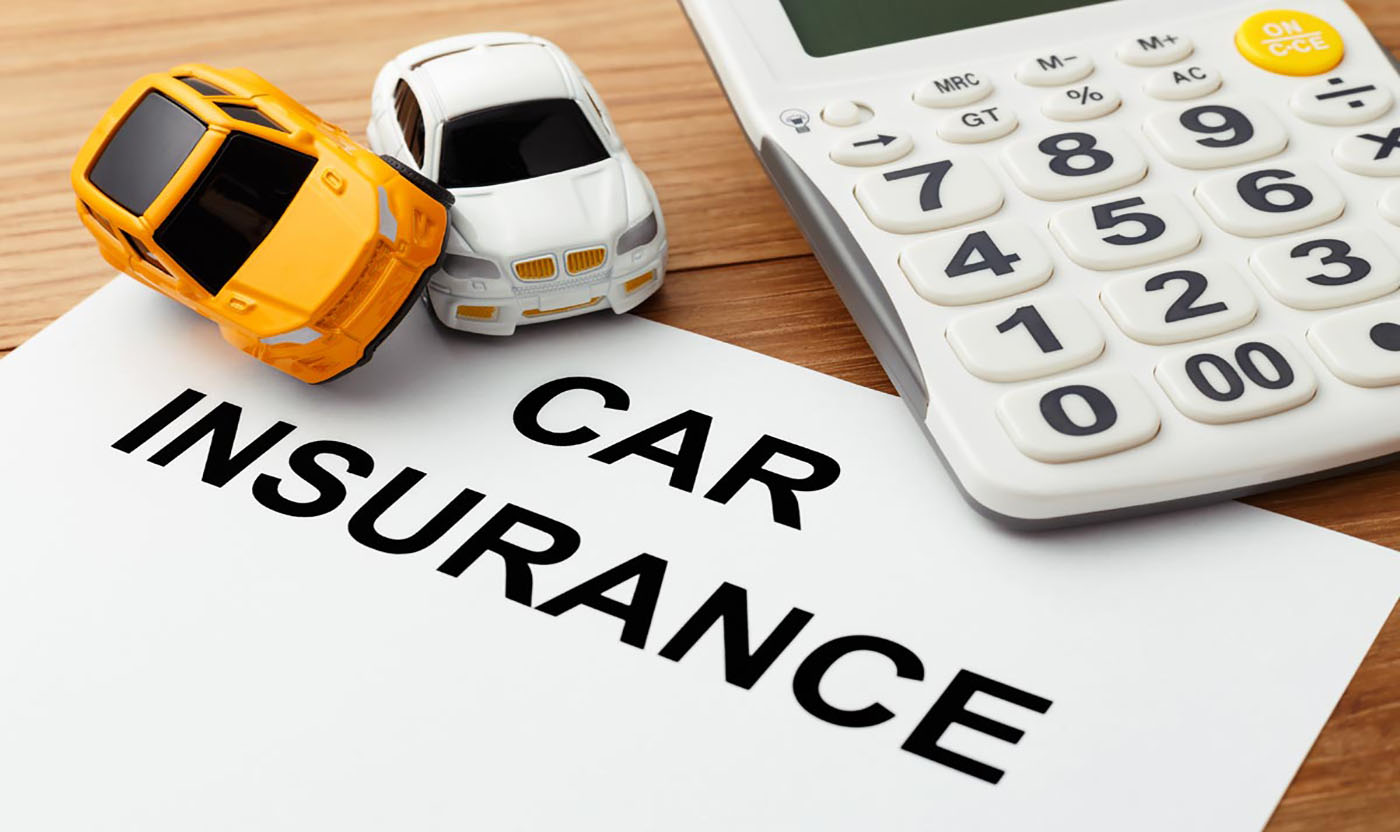Purchasing car insurance can feel like stepping into a maze filled with complex terminology, fluctuating premiums, and endless options. In 2025, the automotive insurance landscape across Europe and North America is more diverse than ever, reflecting new regulations, technological advancements, and evolving consumer expectations. Over the years, I’ve navigated countless insurance policies, compared rates, and helped others make informed decisions, so I want to take you on a step-by-step journey to ensure you know exactly how to buy the right car insurance for your situation.
Step 1: Gather All Necessary Information
Before you even start looking at policies, you need to assemble all the essential details about yourself, your vehicle, and any other drivers who will be covered under the policy. Doing this upfront will streamline the quoting process and ensure accurate pricing.
Here’s what you’ll need:
- Personal information: Full names, dates of birth, and addresses for all licensed drivers.
- Driver’s license details: Keep your current licenses handy for verification.
- Vehicle information: This includes make, model, year, Vehicle Identification Number (VIN), odometer reading, and annual mileage. Don’t forget to note all safety features, such as airbags, anti-theft systems, or lane-assist technology.
- Driving history: Accidents, tickets, and any other violations will affect your premium. Be honest and thorough—omissions can invalidate a policy.
- Existing insurance details: If you already have coverage, note your policy limits, deductible, and current insurer.
Having this information prepared is like assembling your toolkit before starting a major project. It not only speeds up the process but also allows agents or insurers to generate accurate quotes quickly.
Pro tip: Websites like NerdWallet and The Zebra allow you to input all this information once and get multiple comparative quotes, saving you hours of back-and-forth with individual insurers.
Step 2: Determine Your Insurance Needs
Not all policies are created equal. While every state or country sets minimum insurance requirements, these basic levels rarely provide enough coverage for real-world accidents. Understanding your needs is critical to avoid underinsurance.
Core coverages to consider:
- Liability insurance: Covers bodily injury and property damage if you’re at fault.
- Collision insurance: Pays to repair or replace your vehicle after an accident, regardless of fault.
- Comprehensive insurance: Protects against theft, vandalism, natural disasters, and animal collisions.
- Medical Payments or Personal Injury Protection (PIP): Covers medical bills for you and your passengers.
- Uninsured/Underinsured Motorist coverage: Protects you if another driver has insufficient or no insurance.
I often advise drivers to think in terms of risk exposure. For instance, if you live in a major city with high traffic and theft rates, comprehensive coverage is almost non-negotiable. Conversely, for older vehicles with low market value, collision or comprehensive coverage may not be cost-effective.

Step 3: Choose How to Purchase Car Insurance
You can buy car insurance through several channels, and each has pros and cons depending on your situation:
- Directly from an insurance company: This is often the fastest way to obtain coverage, especially if your needs are straightforward. Major carriers like Geico, Progressive, and State Farm (U.S.) or AXA, Allianz, and Direct Line (Europe) allow you to purchase policies online or over the phone.
- Through a captive agent: These agents represent a single insurance company. They can offer in-depth knowledge about that company’s policies but won’t compare multiple providers.
- Through independent agents or brokers: These professionals represent multiple insurance companies. They are especially helpful if you have complex needs, multiple vehicles, or require specialty coverage. They can often negotiate better rates and find policies tailored to your situation.
- Through specialty agencies: Some agencies cater to unique needs, such as classic cars, ride-share vehicles, or high-risk drivers. If you fall into one of these categories, working with a specialty agency can provide options that mainstream insurers might not offer.
Personally, I find that independent brokers provide the best balance of choice and expertise. While direct applications can be faster, brokers give you a holistic view of the market, often uncovering policies you wouldn’t find on your own.
Step 4: Compare Insurance Companies and Policies
Never settle for the first quote you receive. I always recommend comparing at least three to five companies to ensure you’re getting competitive rates and adequate coverage. But comparing isn’t just about price—coverage terms, deductibles, customer service reputation, and claim processing speed all matter.
Tips for effective comparison:
- Make sure all quotes are based on the same coverage limits and deductibles.
- Check the insurer’s financial stability and consumer complaint record. In the U.S., the National Association of Insurance Commissioners (NAIC) provides complaint statistics for all licensed insurers.
- Read customer reviews and ratings for claims satisfaction. Sites like NerdWallet and The Zebra publish user ratings and policy reviews.
- Evaluate optional coverages, such as roadside assistance, rental reimbursement, and gap insurance. These can significantly affect both your premium and real-world protection.
For example, a policy with a lower monthly premium may exclude roadside assistance or offer a limited rental car reimbursement. If you experience a breakdown far from home, the cheaper policy could cost you more in out-of-pocket expenses than the premium savings.
Step 5: Choose Coverage Levels and Deductibles
Coverage levels dictate how much your insurer will pay in the event of an accident, while deductibles define your out-of-pocket responsibility before insurance kicks in.
- Higher limits: Offer more protection but increase premiums.
- Lower limits: Reduce premiums but may leave you underinsured in serious accidents.
- Higher deductible: Lowers premium but increases out-of-pocket costs.
- Lower deductible: Raises premium but reduces immediate financial risk after an accident.
I usually advise balancing your deductible with your emergency savings. If you have a comfortable savings buffer, a higher deductible may be worth the monthly savings. For most people, a mid-range deductible (around \$500 to \$1,000) offers a reasonable balance.
Step 6: Understand Optional Add-Ons
Optional coverages allow you to tailor your policy to your lifestyle. Some important add-ons include:
- Rental reimbursement: Essential if your car is in the shop for repairs.
- Roadside assistance: Covers towing, battery jump-starts, flat tires, and lockouts.
- Gap insurance: Protects you when your car’s loan balance exceeds its market value after a total loss.
- New car replacement: Pays for a brand-new vehicle if your new car is totaled, rather than depreciated value.
- Ride-share coverage: Important for Uber, Lyft, or delivery drivers.
When I review policies, I often notice drivers skip these add-ons to save a few dollars, only to face much larger costs when the unexpected happens. My advice: treat these optional coverages as a financial safety net. They might be worth every penny if your circumstances make their protection valuable.
Step 7: Purchase Your Policy
Once you’ve selected the insurer, coverage, and deductible, you’re ready to purchase your policy. You can usually pay monthly, quarterly, or annually. Paying upfront often comes with discounts.
- New vehicles: Make sure your insurance is active before driving off the lot.
- Existing vehicles: Cancel your previous policy only after the new one is in effect to avoid lapses in coverage.
Many insurers allow you to manage policies, make payments, and file claims online or via mobile apps. I personally appreciate companies with intuitive digital platforms—they make managing your coverage and claims much less stressful.
Step 8: Review and Adjust Regularly
Car insurance isn’t a “set it and forget it” product. Life changes—moving, purchasing a new car, changes in driving patterns, or even improved credit scores—can affect both your risk profile and premiums.
- Annually review policies: Ensure your coverage remains appropriate and competitive.
- Consider bundling: Many insurers offer discounts if you combine auto with home, renters, or life insurance.
- Update drivers and vehicles: Adding or removing vehicles, or changes in household drivers, can significantly impact your premium.
In my experience, proactive policy management often saves hundreds of dollars per year while maintaining optimal protection.
Useful Online Resources in 2025
Here are several reliable English-language websites that make comparison and purchase easier:
- NerdWallet (nerdwallet.com): Extensive auto insurance comparison tools and expert advice for U.S. drivers.
- The Zebra (thezebra.com): Side-by-side insurance quotes with breakdowns of coverage types and limits.
- CompareEurope (compareeurope.com): Compares European auto insurance providers, policies, and rates.
- Policygenius (policygenius.com): U.S.-based platform for comparing car, life, and home insurance options.
- MoneySuperMarket (moneysupermarket.com): UK-focused comparison site for insurance products.
These platforms not only provide quotes but also explain coverage nuances, helping you make informed choices tailored to your circumstances.

Common Mistakes to Avoid
- Choosing the cheapest policy blindly: Price matters, but inadequate coverage can be disastrous.
- Ignoring deductibles: Too low or too high can upset the balance of monthly premiums versus risk.
- Skipping optional coverages without evaluating risk: Add-ons often prevent costly out-of-pocket expenses.
- Not comparing multiple providers: Rates and services vary widely, even for similar coverage levels.
- Failing to update your policy after major life events: Moves, new cars, or added drivers change your risk profile.
First-Time Buyers: Tips for a Smooth Experience
If this is your first time buying car insurance, follow these additional steps:
- Start early. Allow time to research and compare policies.
- Don’t guess your coverage limits—use your vehicle value and personal risk tolerance as a guide.
- Understand your state or country’s minimum requirements, but don’t rely on them as your only coverage.
- Keep all documentation handy, including previous driving records, VIN, and proof of residence.
- Use reputable comparison sites to streamline the process.
Buying car insurance in 2025 requires patience, research, and an understanding of both your vehicle and personal risk profile. While it might seem overwhelming initially, breaking the process into steps—gathering information, determining coverage needs, choosing how to buy, comparing quotes, and reviewing optional add-ons—makes it manageable.
Remember, insurance is not just a regulatory requirement; it’s a financial strategy to protect yourself from unpredictable events on the road. By investing time upfront, you’ll find a policy that balances cost, coverage, and peace of mind, allowing you to drive with confidence in an increasingly complex automotive landscape.



